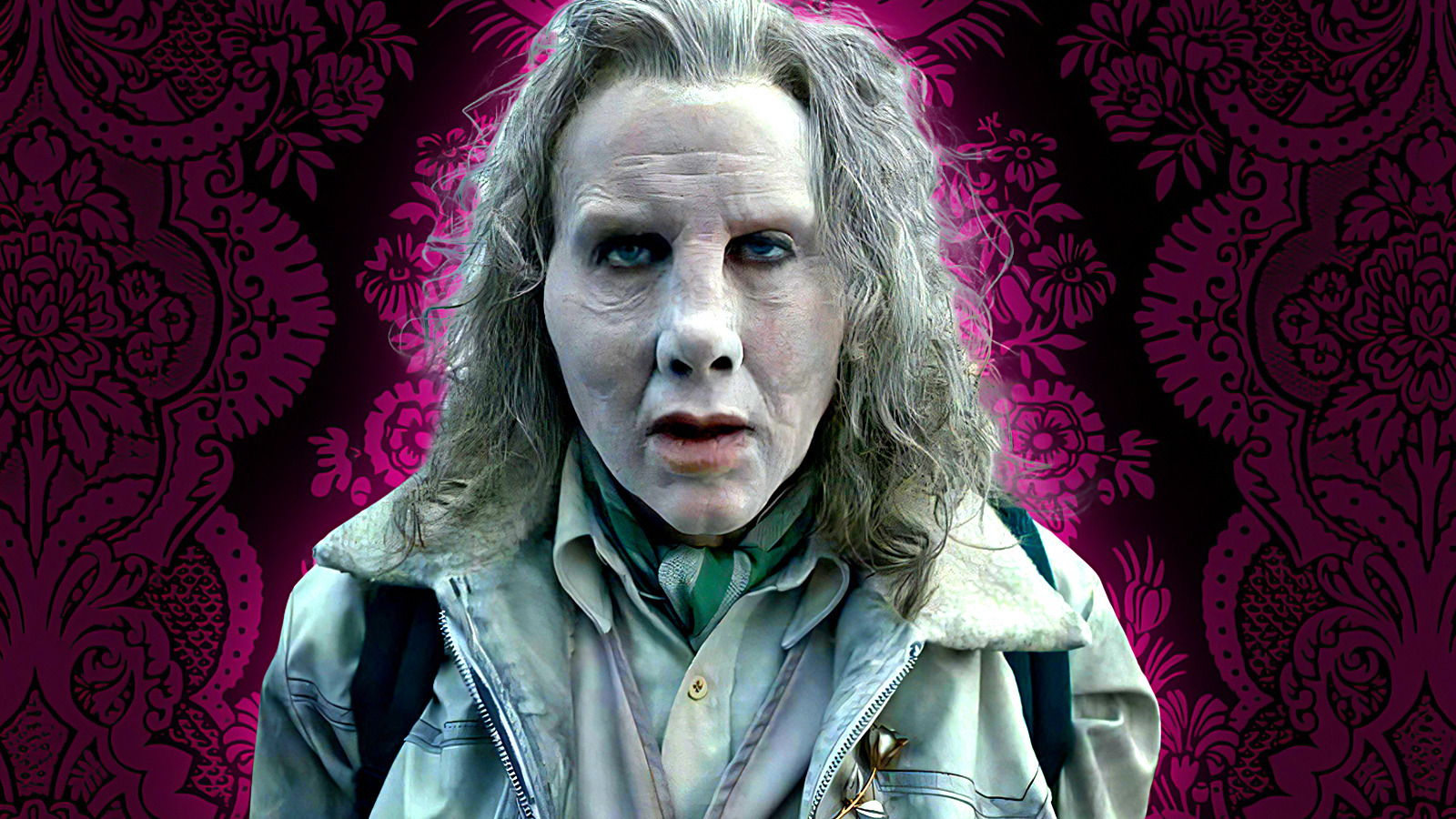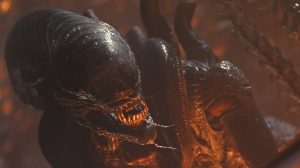
In a thrilling exploration of the horror genre, fans of the acclaimed “Longlegs” will find themselves captivated by a new graphic novel that dives headfirst into the eerie era of the Satanic Panic. As we approach the end of 2024 and embrace the ominous flare of the spooky season, we can’t help but reflect on the horror trends that have gripped our collective imagination. Recent films such as “Immaculate” and “The First Omen” tackle the societal fears surrounding unwanted pregnancies, particularly through the lens of religious extremism. This reflection on pro-choice themes feels particularly poignant given the recent erosion of reproductive rights in America.
As we venture deeper into the notion of horror influenced by the specter of religious fanaticism, it’s evident that there’s a revival of interest in the Satanic Panic—a period marked by widespread fear that shadowy figures were out to endanger innocent children. Films like “Longlegs” and “Late Night with the Devil” serve as a creative nod to this troubling trend, intertwining the nostalgia of the past with the realities of a society gripped by paranoia.
Adding to this narrative is “Houses of the Unholy,” a striking new graphic novel from the powerhouse pairing of Ed Brubaker and Sean Phillips, who have previously earned acclaim for their hard-boiled crime stories like “Criminal” and “The Fade Out.” “Houses of the Unholy” merges their signature noir style with an eerie take on the themes surrounding the Satanic Panic—a genre Brubaker himself dubs “Satanic Panic Noir.” While it might not reach the peaks of their past masterpieces, there’s a refreshing creativity in their approach, showcasing that they are willing to explore new territory.
Visually, “Houses of the Unholy” sets itself apart from earlier works, boasting cover art that evokes the nostalgia of vintage B-movie VHS tapes rather than traditional pulp novel designs. The artwork cleverly invites readers into its unsettling world, amplifying the ominous tone even before the first page is turned.
The protagonist, Natalie Burns, emerges as a nuanced character. Once a child who bravely testified against her alleged abusers, who were thought to belong to a satanic cult, she now operates as a bounty hunter dedicated to rescuing children from similar fates. As the sinister “Satanic Six” begin to drop like flies, Natalie finds herself in the crosshairs of an FBI agent named West, who compels her to confront her haunting past rather than simply chasing after the danger ahead.
The narrative parallels “Longlegs” in its thematic depth, as both lead characters grapple with dark legacies and memories that haunt their present lives. Each chapter of “Houses” cleverly intersperses scenes of Natalie’s past, rendered in a hazy orange-red palette that starkly contrasts the darker tones of the main storyline. These flashbacks serve to juxtapose the gritty reality of Natalie’s adult life with the innocent yet fearful experiences of childhood during the Satanic Panic era—a time when adult fears seeped into the consciousness of children.
Brubaker’s writing delves into the complexities of memory, highlighting how distorted recollections can emerge amid chaos and fear. Natalie’s inner monologue reflects on her childhood experiences, grappling with what she knows to be false and what remains shrouded in uncertainty. Through this lens, “Houses of the Unholy” emerges as a thought-provoking commentary on how moral panics fueled by unfounded fears can warp our perceptions of reality and create villains where none truly exist.
In a world awash with conspiracy theories and paranoia, “Houses of the Unholy” stands out as a stark reminder that often, the most significant evils arise from human hearts rather than supernatural forces. The graphic novel is now available for purchase, both in print and digital formats, offering readers a chilling yet compelling addition to the horror landscape of 2024.




